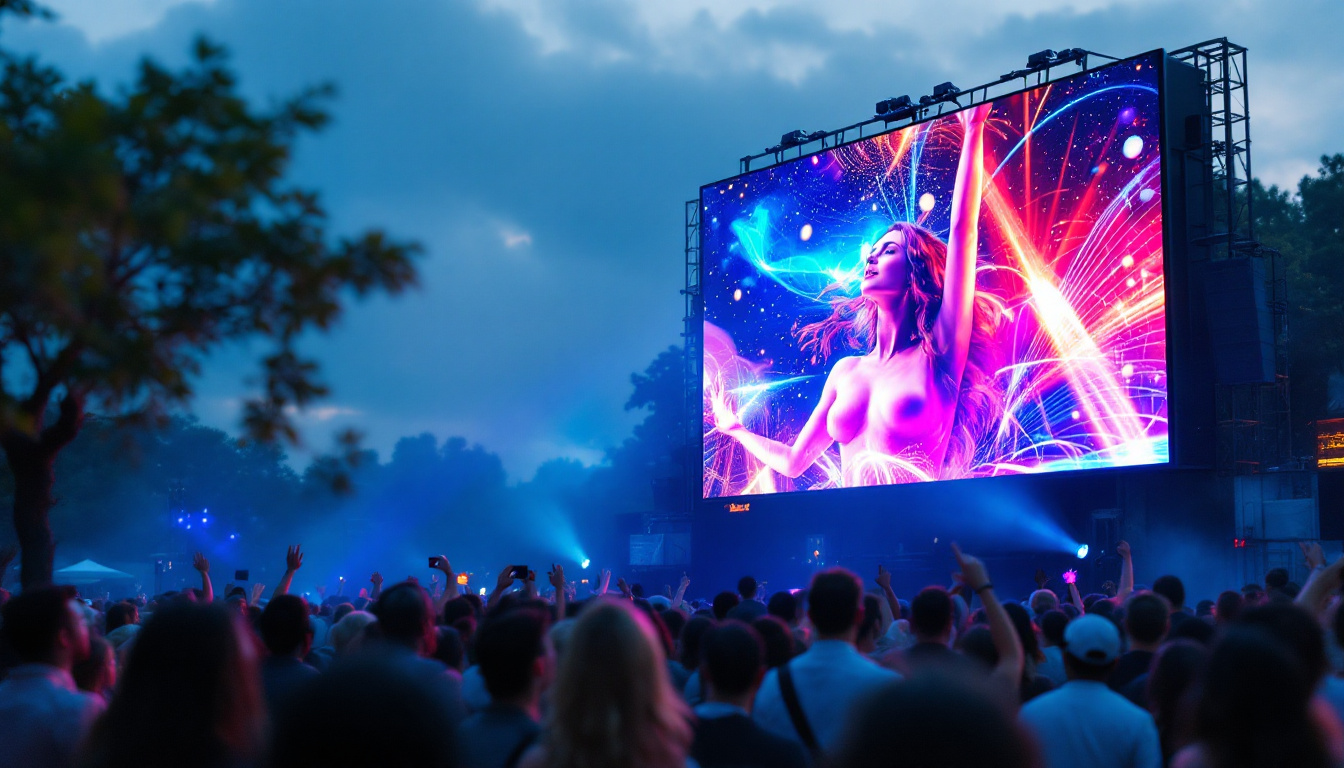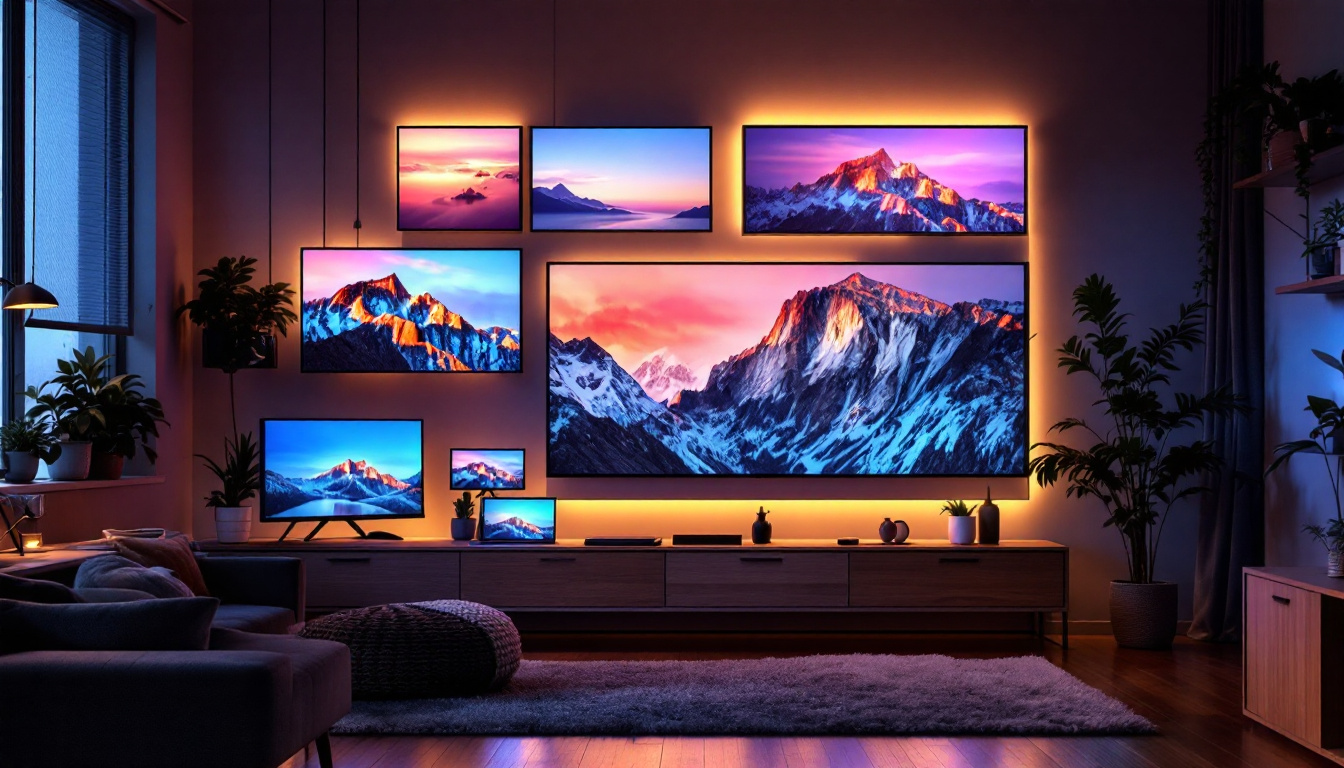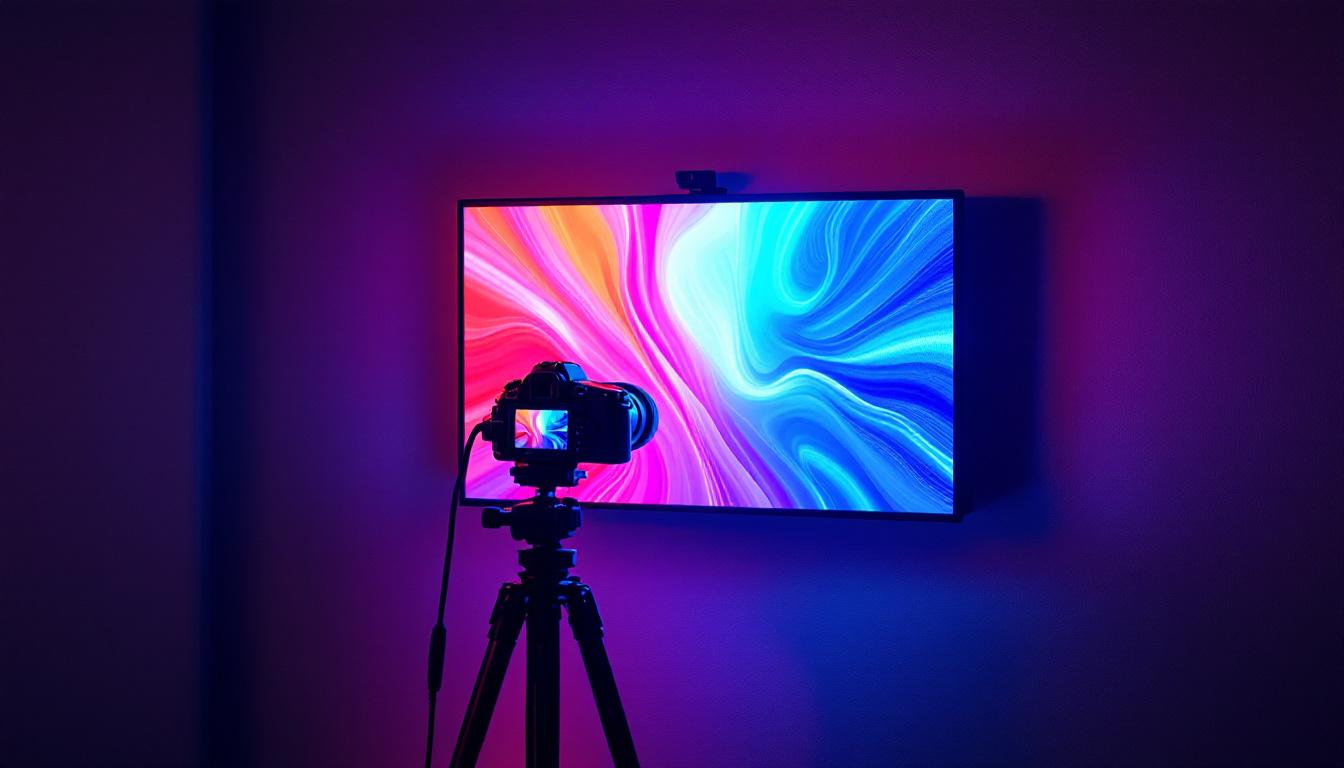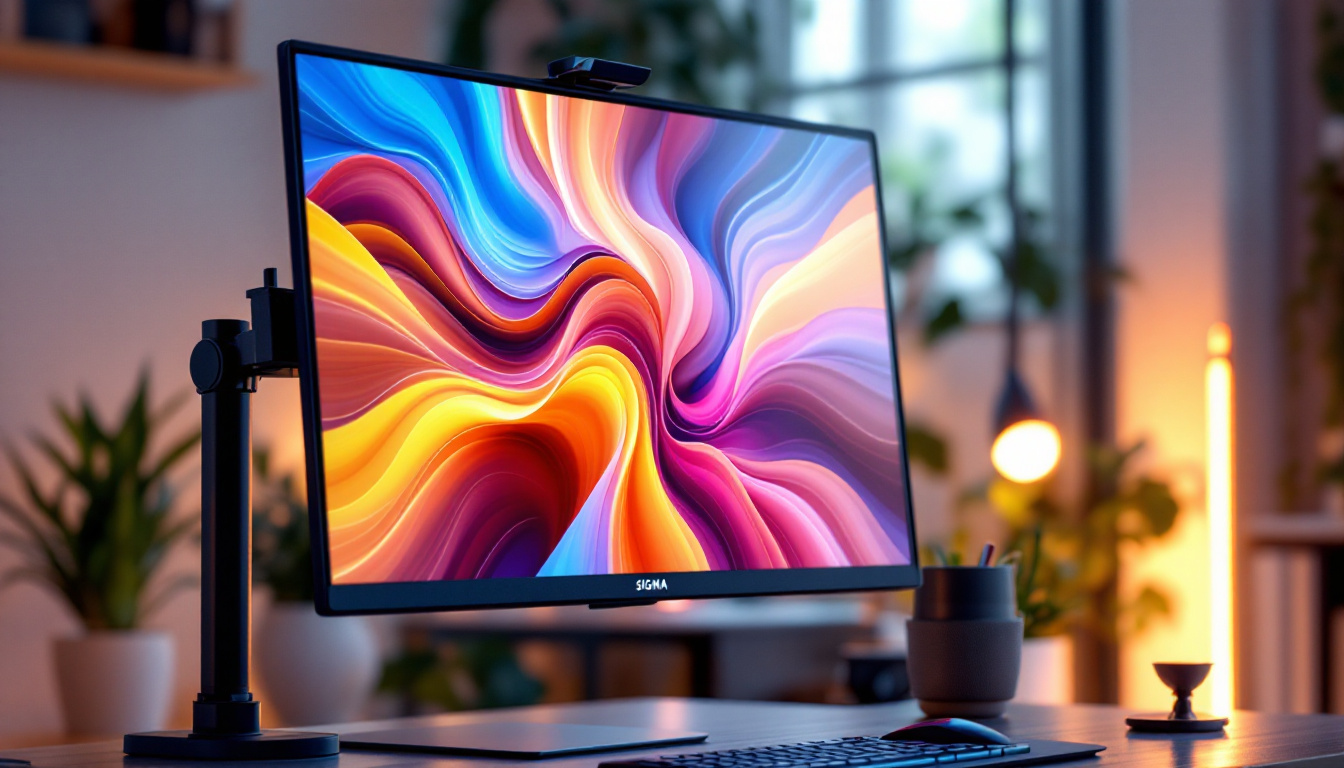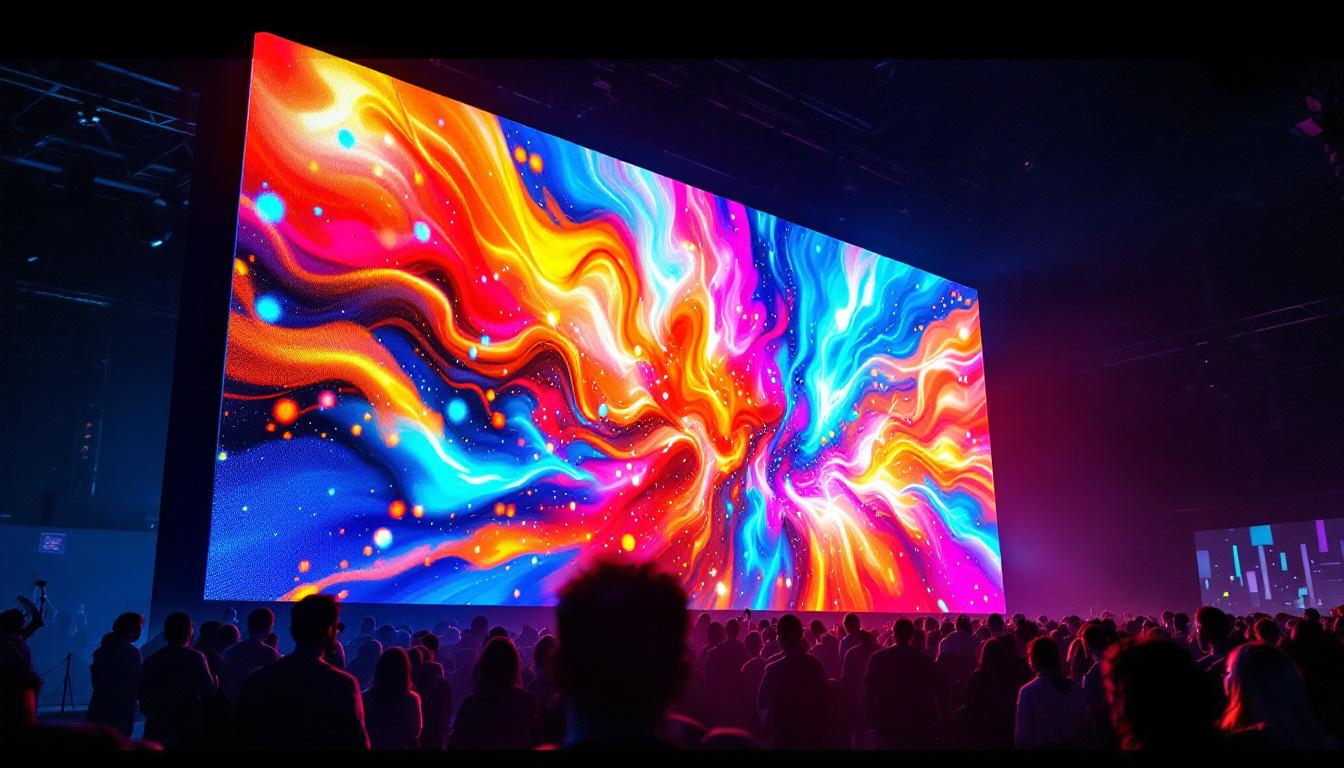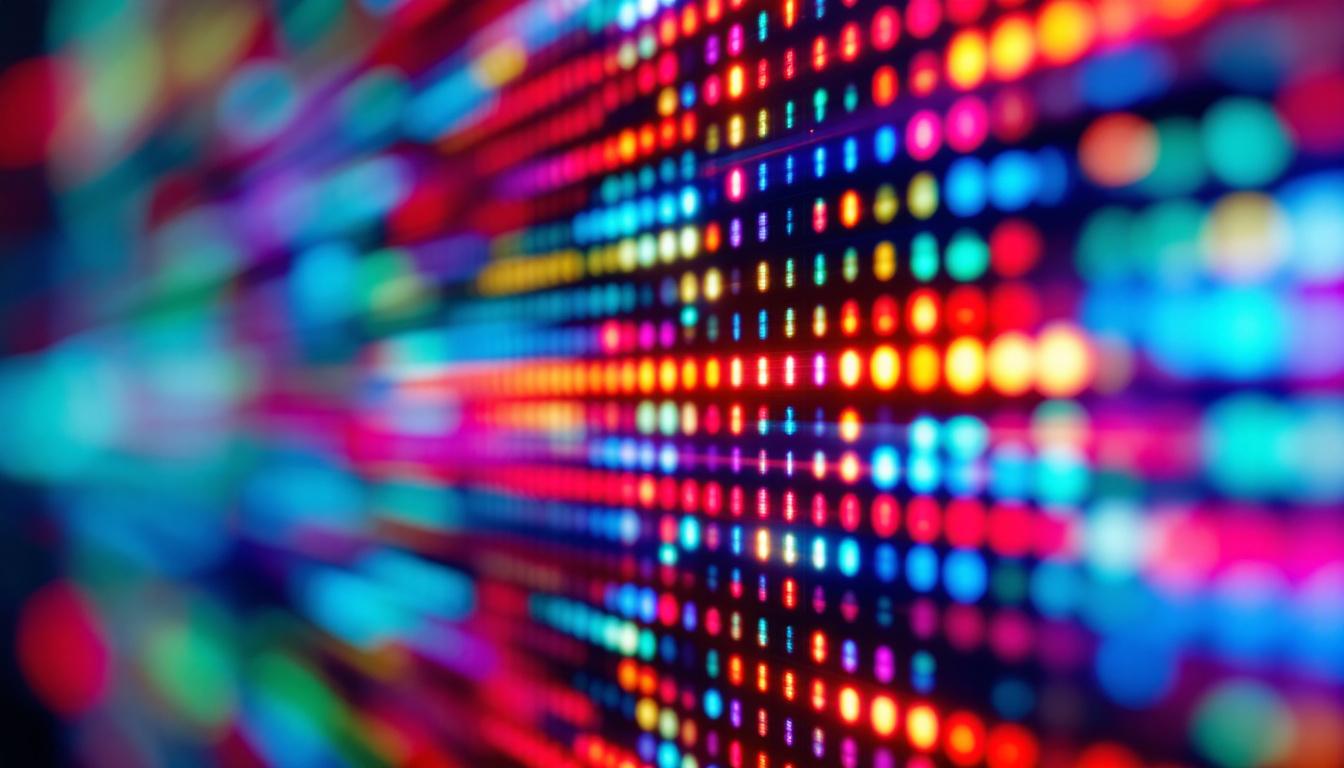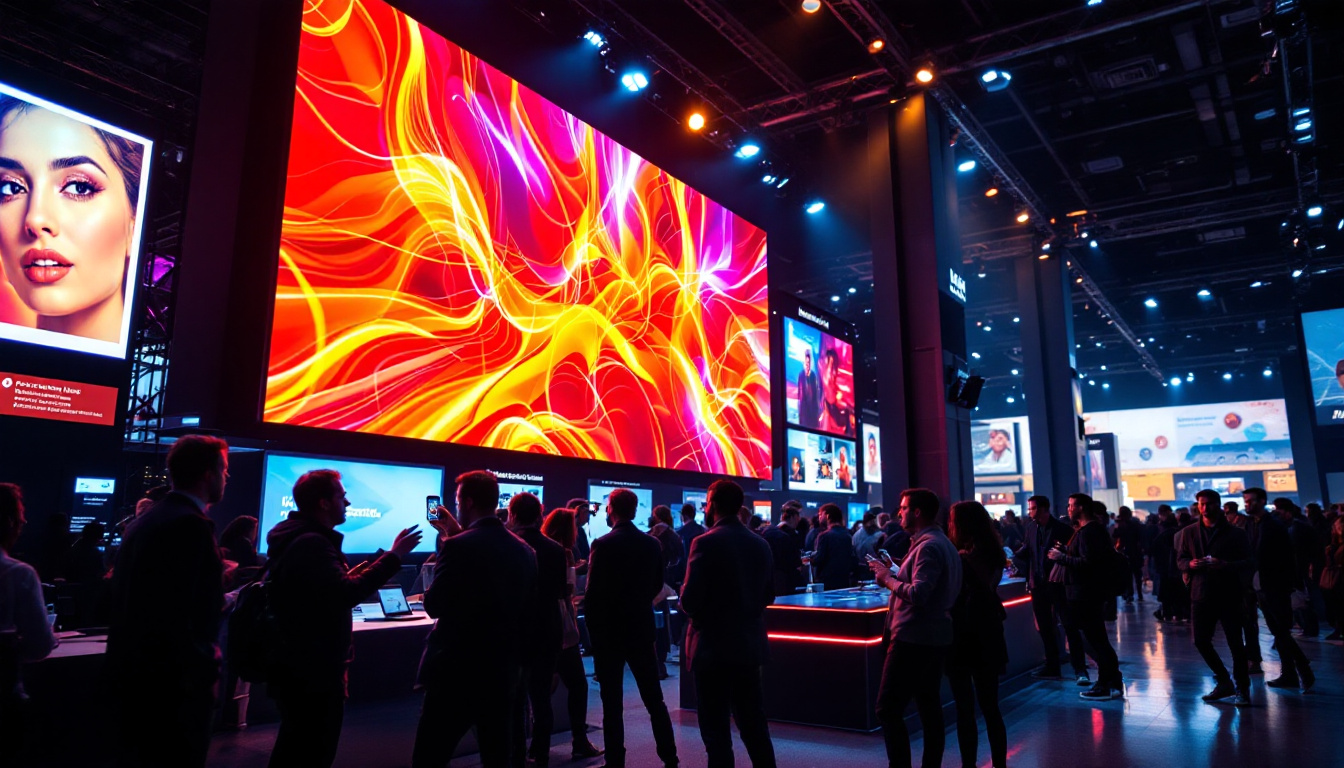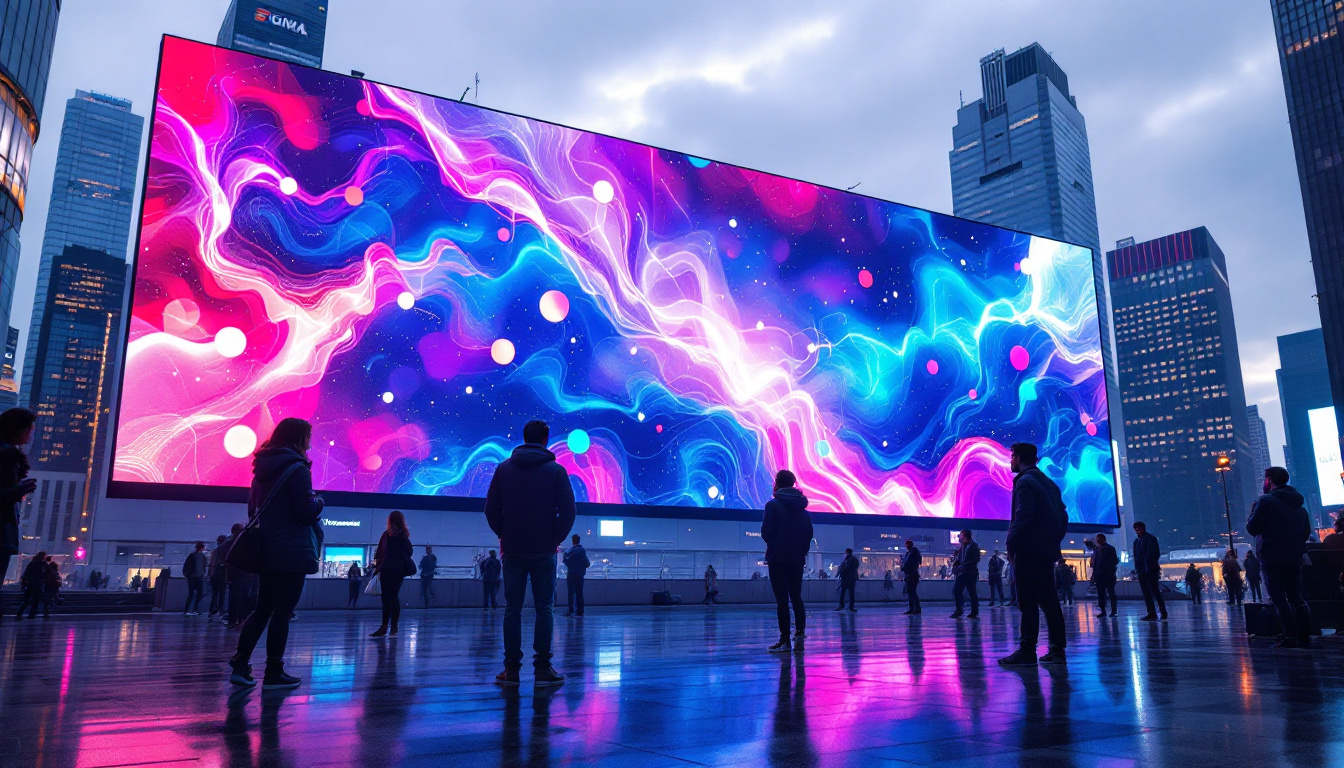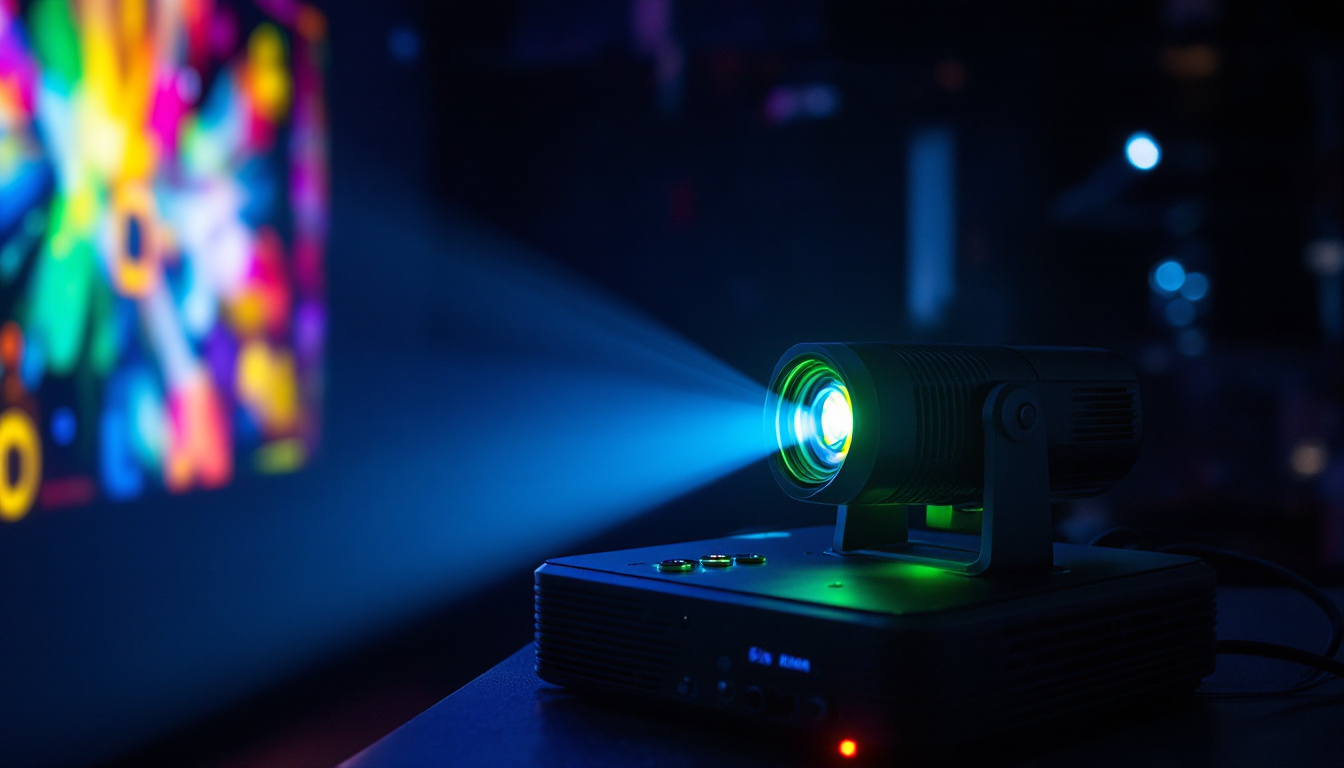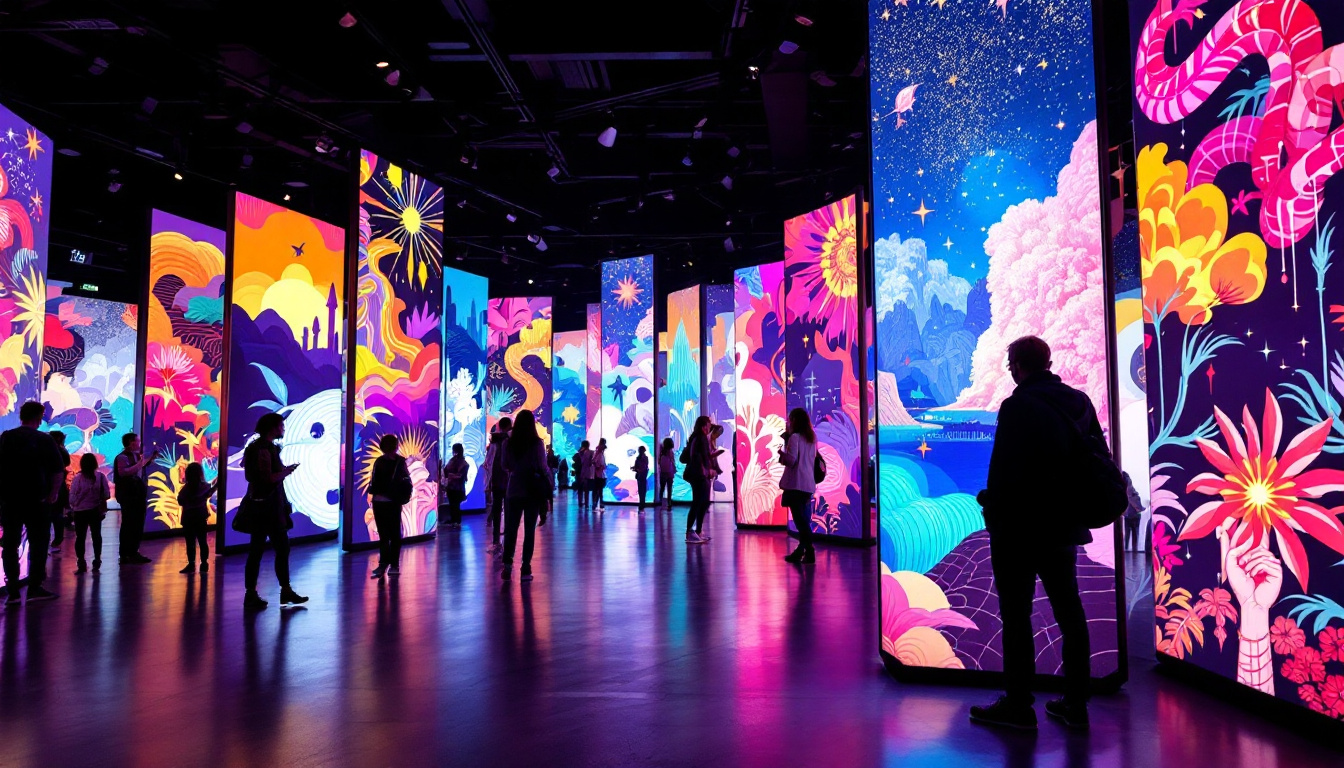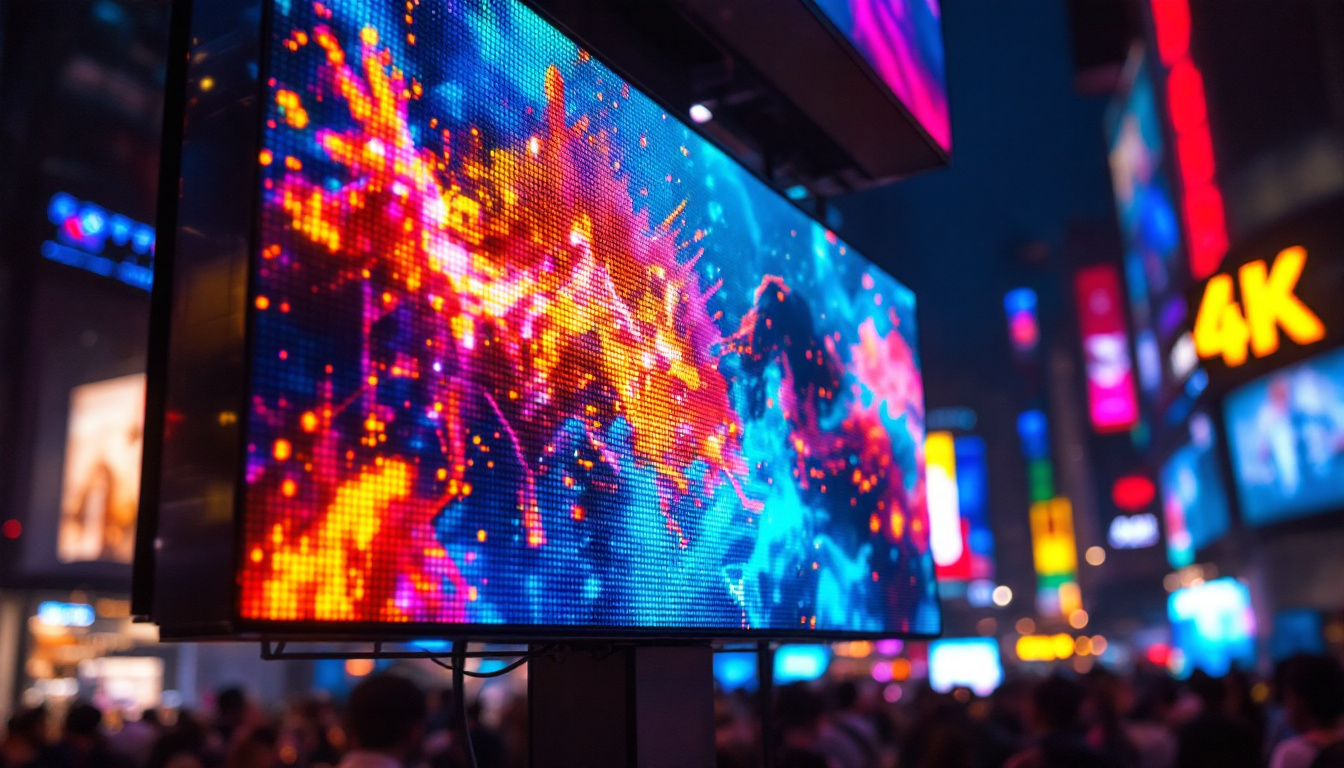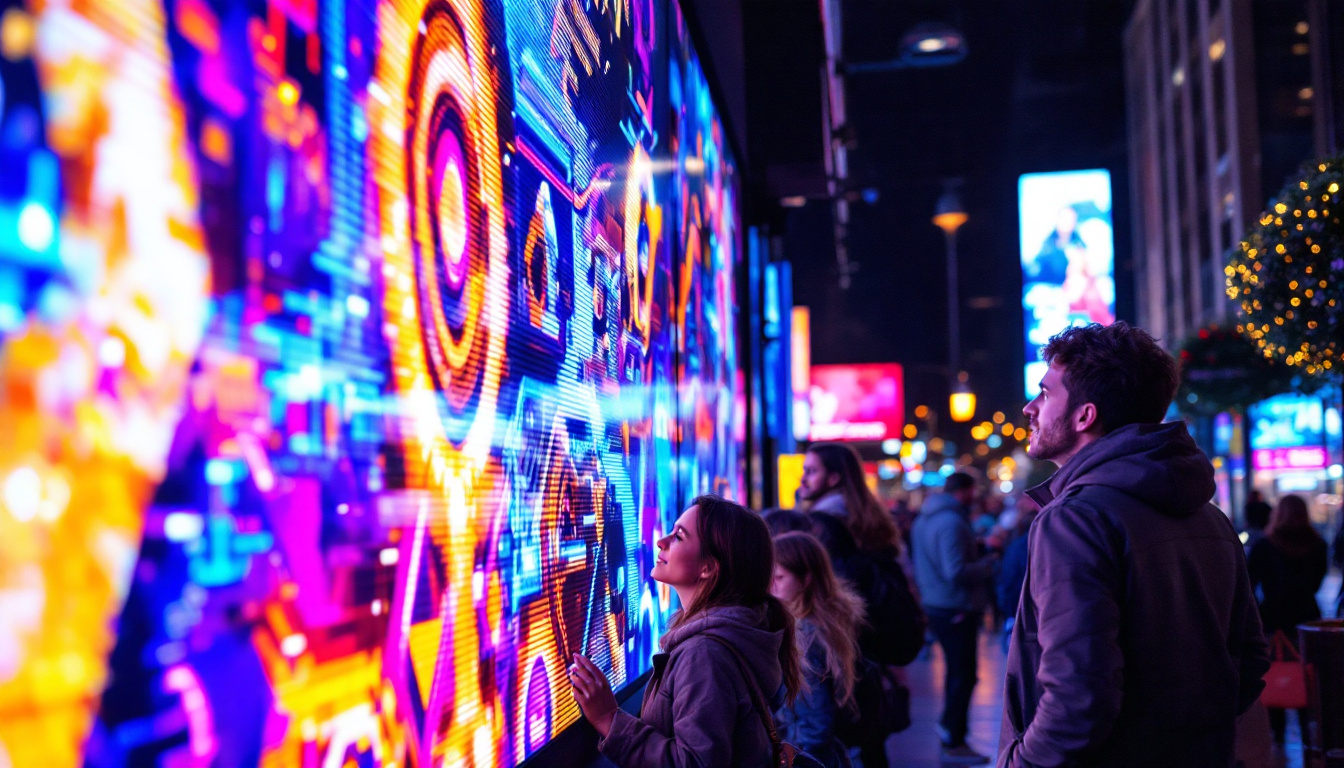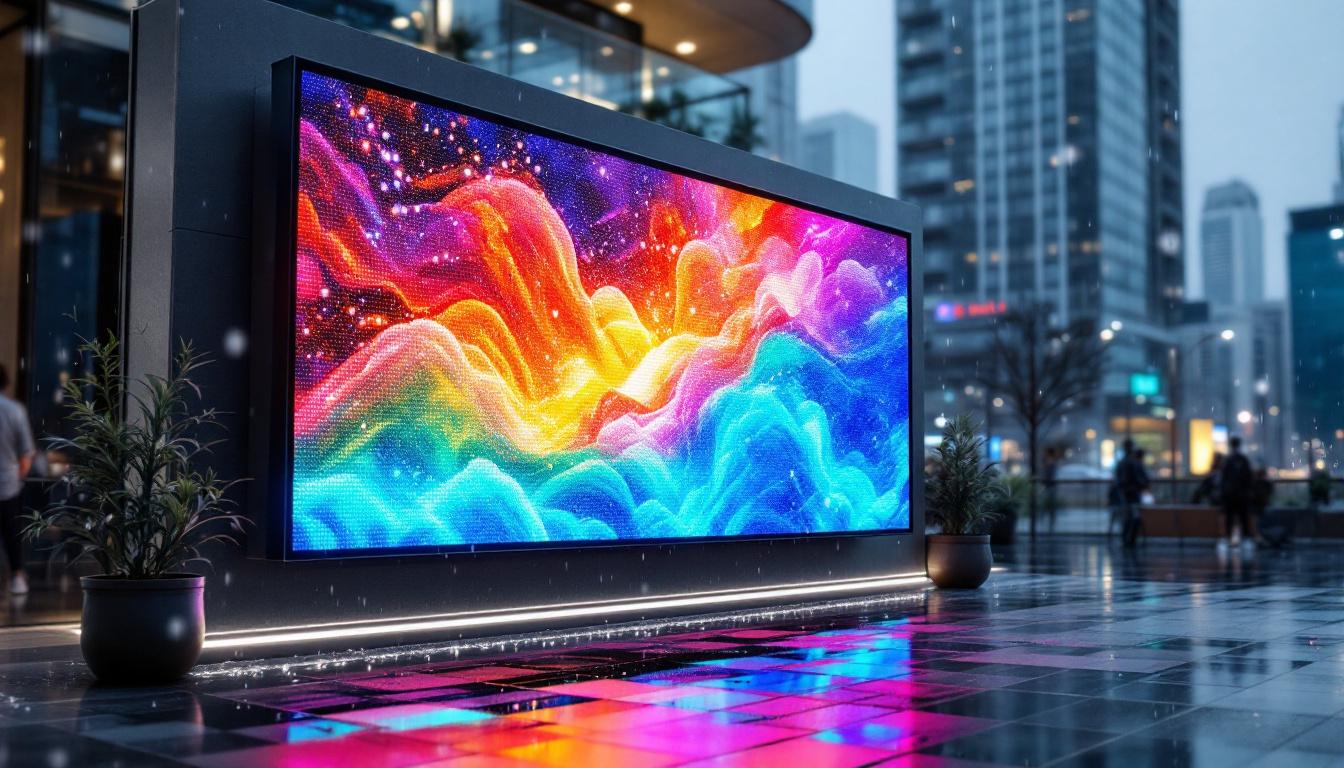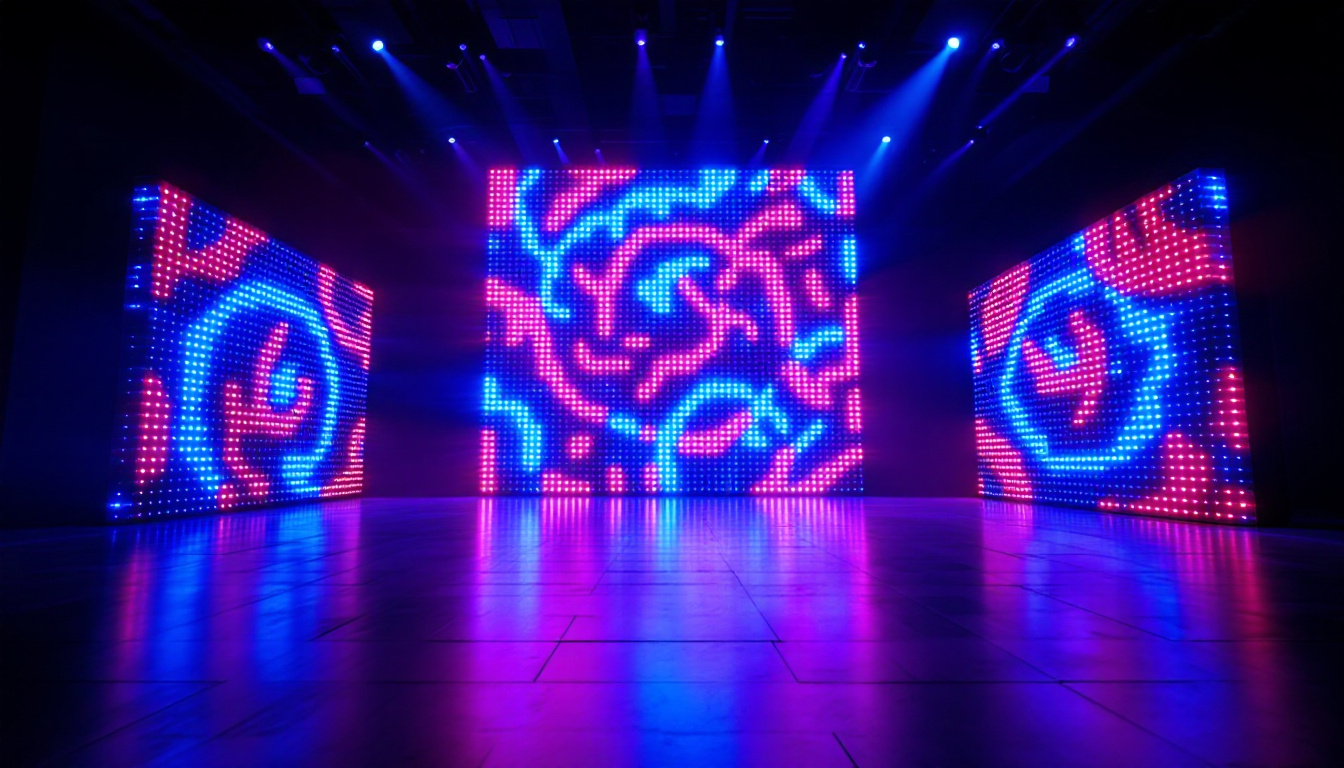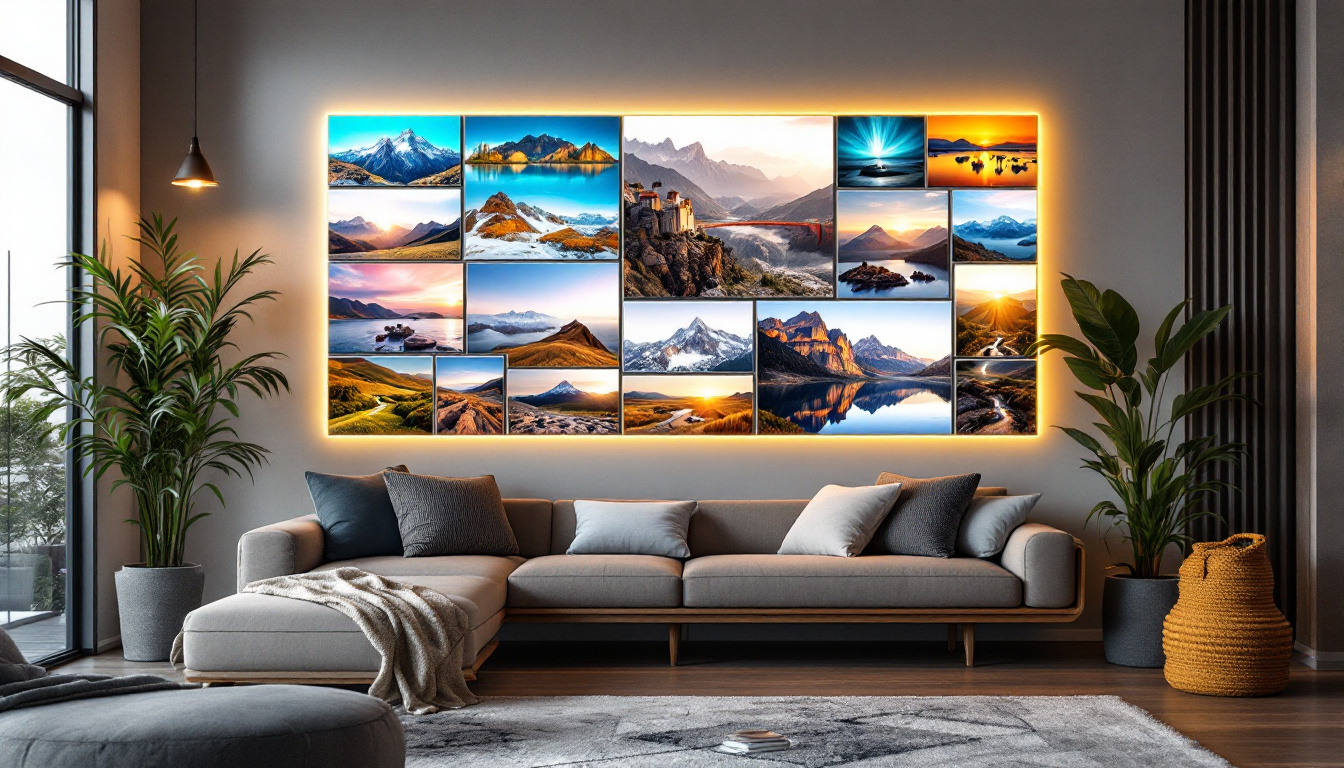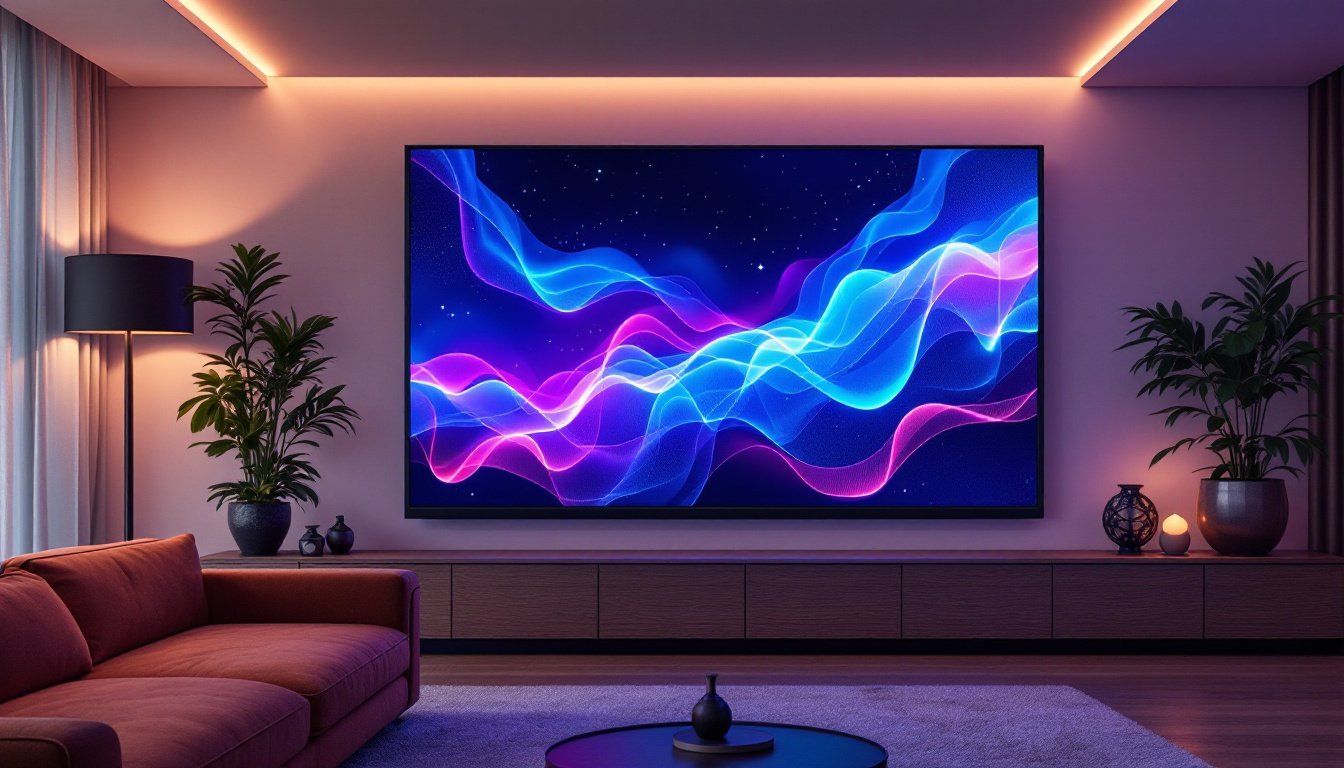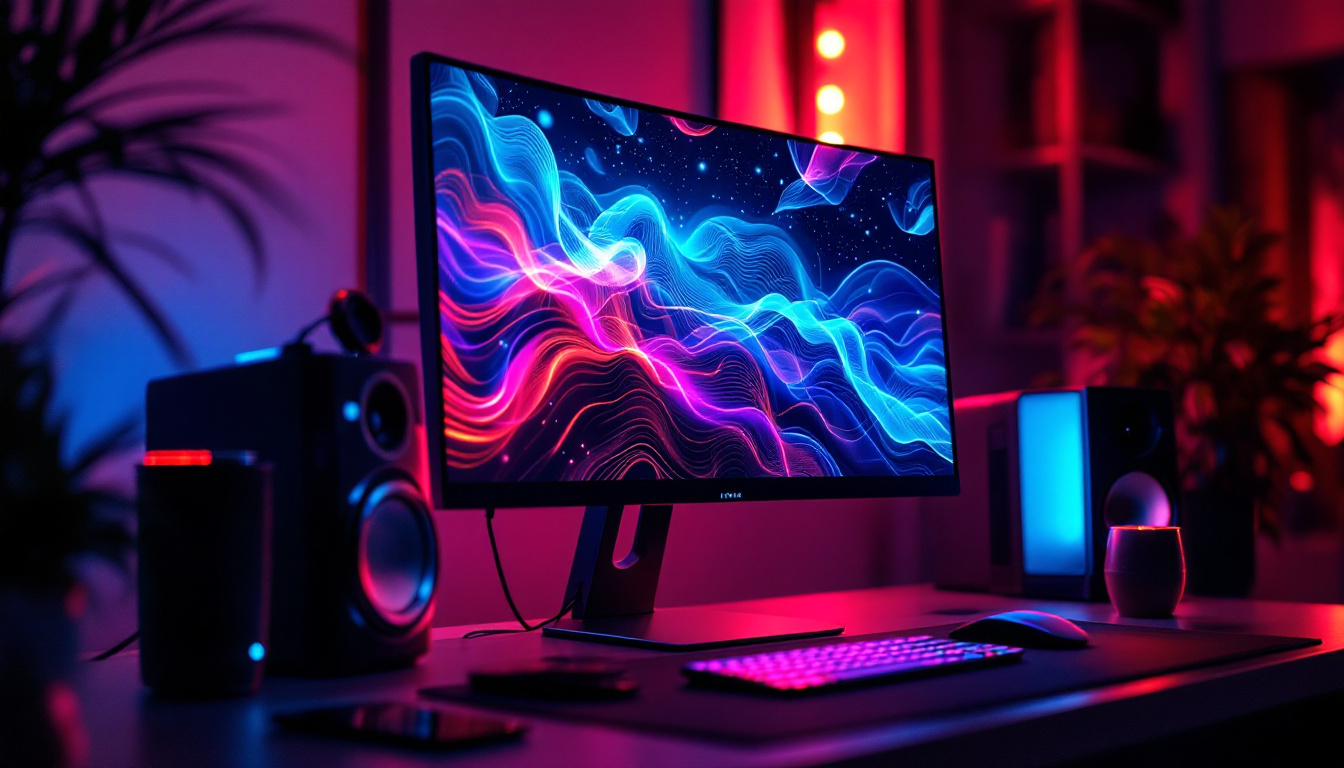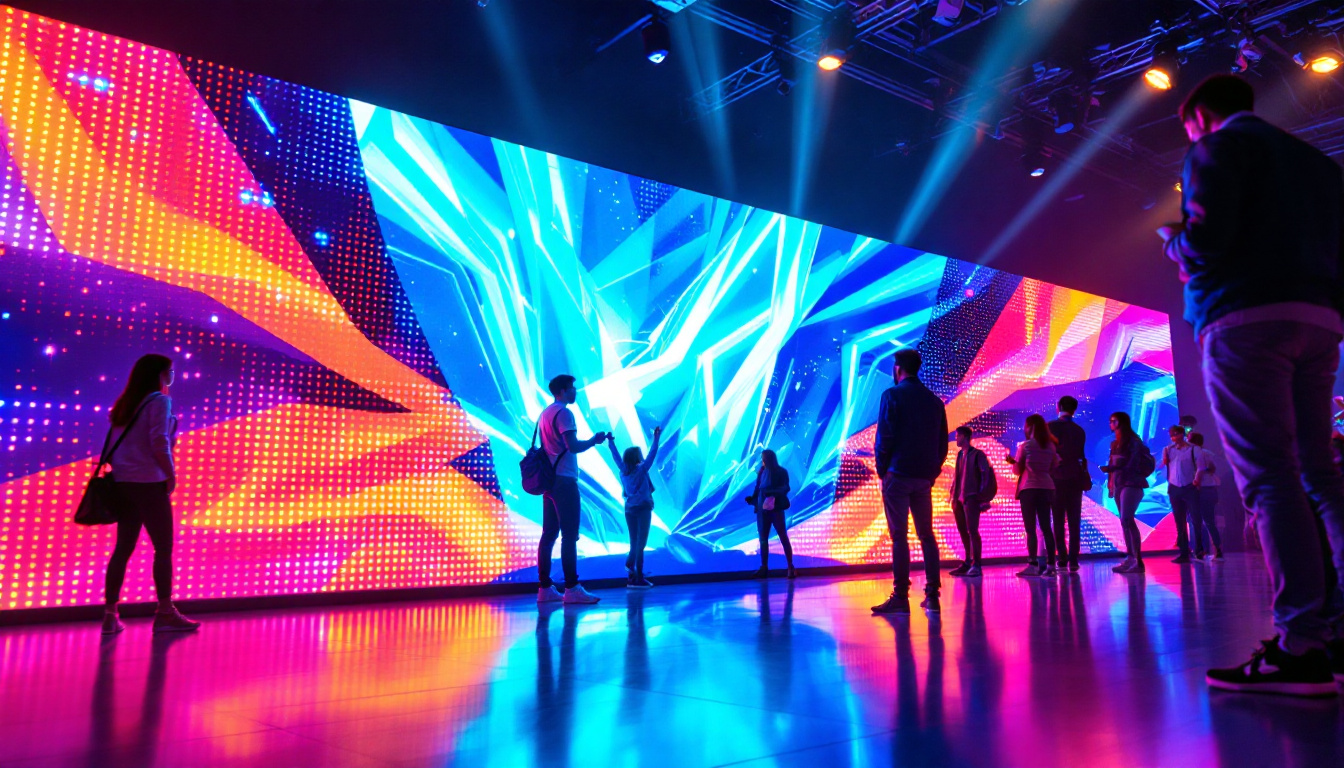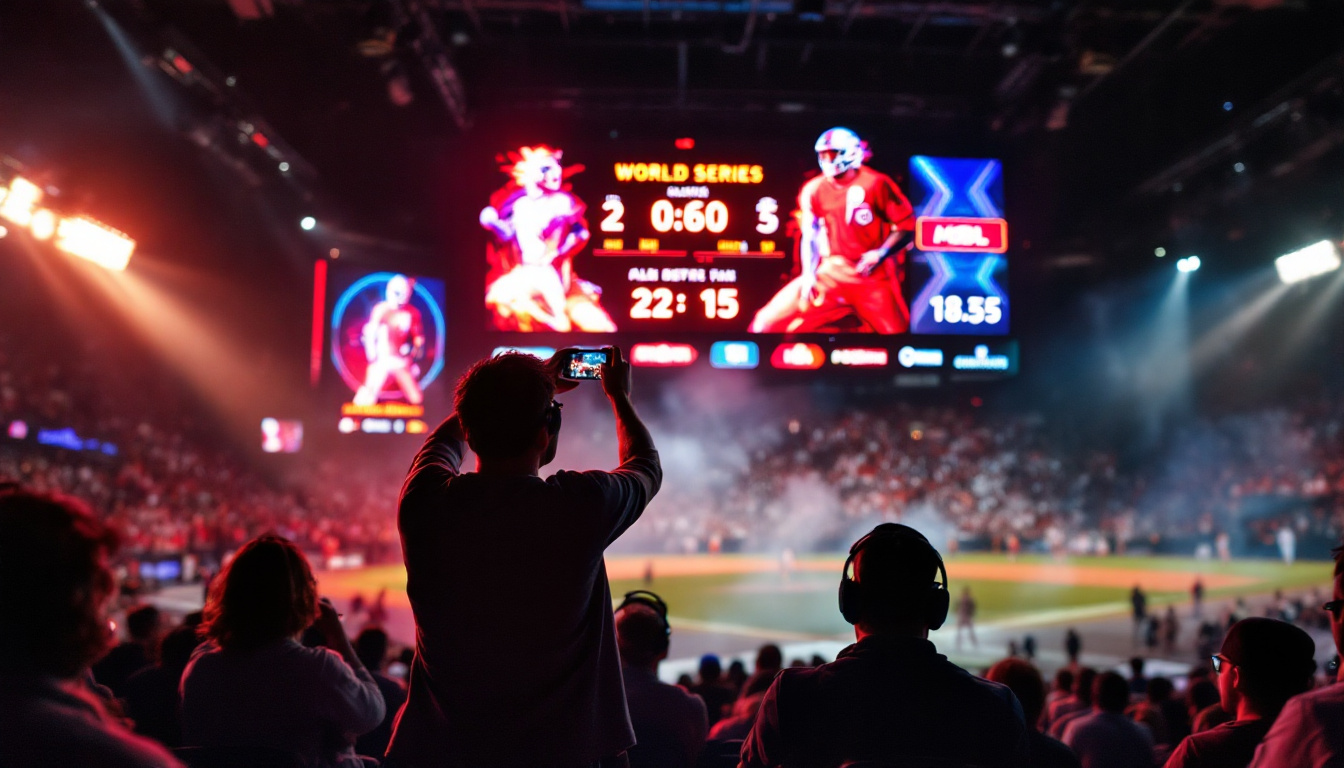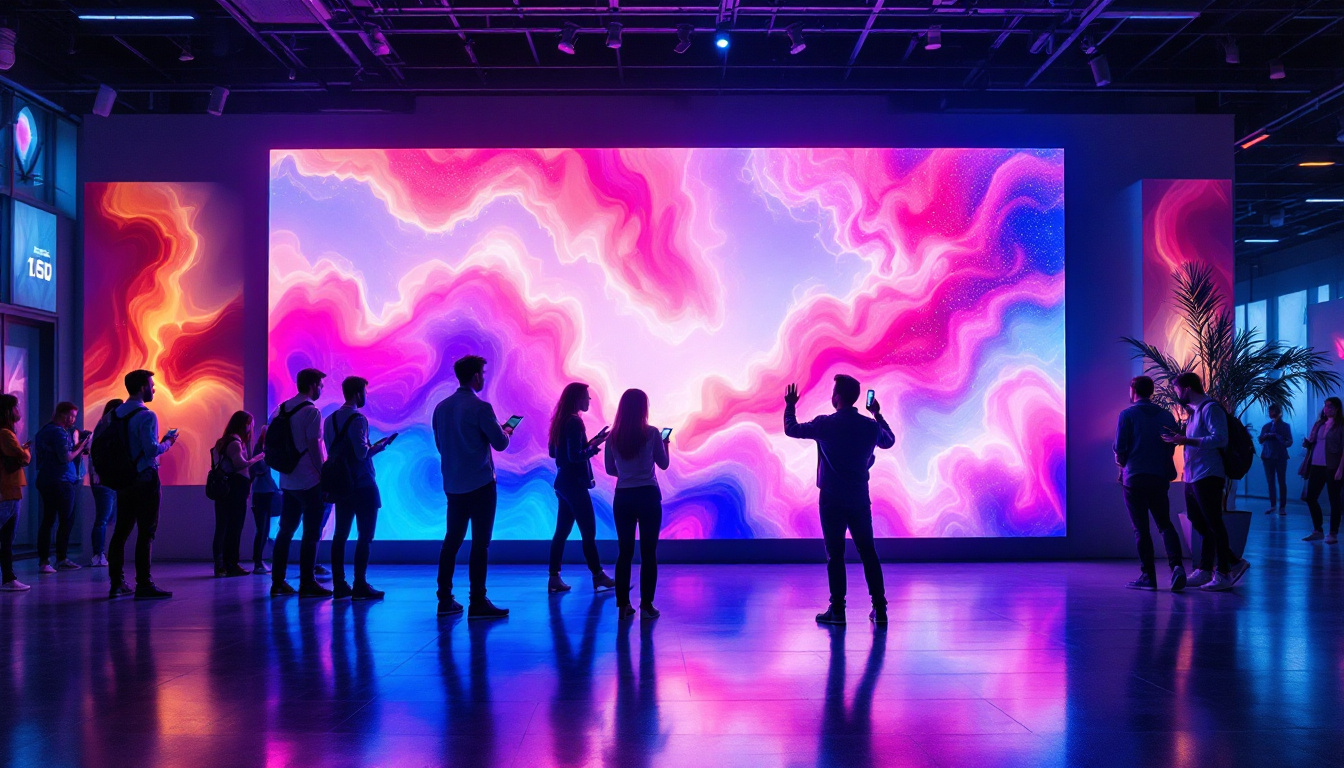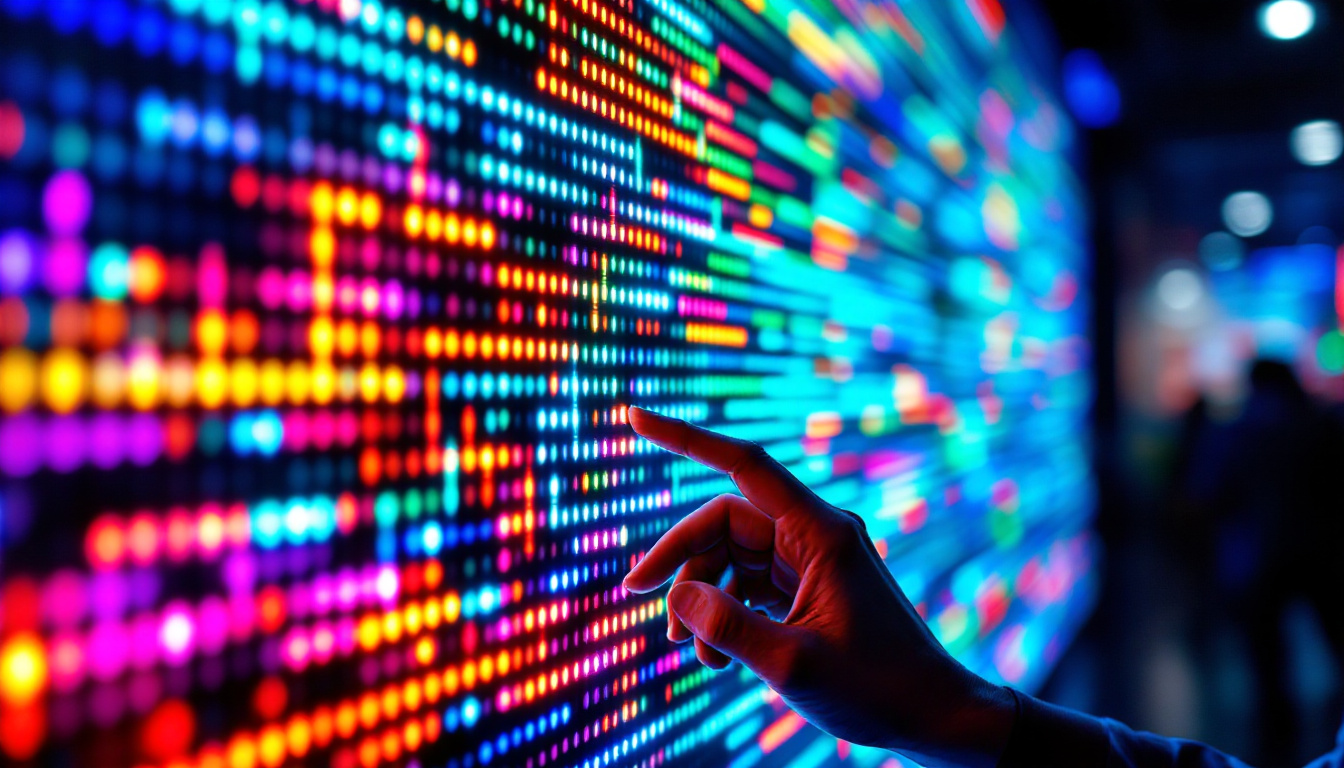In the world of visual communication, LED displays have emerged as a transformative technology, offering vibrant colors, high brightness, and exceptional clarity. Among these, the concept of a “Personal Jumbotron” has gained traction, particularly in settings where engaging and dynamic displays are essential. This article delves into the intricacies of LED displays, their applications, and the innovative concept of personal jumbotrons.
Understanding LED Technology
Light Emitting Diodes (LEDs) are semiconductor devices that emit light when an electric current passes through them. This technology has revolutionized the way displays are designed and utilized, leading to the development of various applications ranging from televisions to large-scale outdoor screens. The transition from traditional lighting methods to LED technology has not only improved visual quality but has also contributed significantly to energy conservation, making it a pivotal advancement in modern technology.
How LED Displays Work
LED displays consist of numerous individual LEDs arranged in a grid. Each LED can be controlled independently, allowing for the creation of images, videos, and animations. The combination of red, green, and blue (RGB) LEDs enables the display to produce a wide spectrum of colors. This precise control over each pixel allows for dynamic content that can be updated in real-time, making LED displays particularly effective for advertising and information dissemination in public spaces.
The brightness and energy efficiency of LED displays are significant advantages over traditional display technologies. LEDs consume less power and can achieve higher brightness levels, making them ideal for both indoor and outdoor environments. Additionally, the longevity of LED technology means that these displays can last tens of thousands of hours, reducing the need for frequent replacements and maintenance, which further enhances their cost-effectiveness over time.
Types of LED Displays
There are various types of LED displays, each tailored for specific applications. Some of the most common types include:
- Direct View LED Displays: These are large screens made up of individual LEDs that are visible from a distance. They are commonly used in sports arenas and concerts, providing vibrant visuals that can be easily seen by large crowds. The ability to adjust brightness levels also means they can perform well in various lighting conditions, from bright daylight to dimly lit venues.
- LED Video Walls: Composed of multiple smaller LED panels, video walls can create a seamless large display for events and advertising. These setups are often utilized in corporate settings for presentations or in retail environments to create eye-catching displays that draw in customers. The modular nature of video walls allows for flexibility in design and size, accommodating a wide range of creative needs.
- Flexible LED Displays: These displays can be bent or shaped, allowing for creative installations in unique environments. Their adaptability is particularly appealing for artistic installations and architectural projects, where traditional rigid screens would be impractical. Flexible LEDs open up new possibilities for immersive experiences, as they can conform to various surfaces and structures.
In addition to these types, there are also specialized LED displays designed for specific industries. For instance, automotive LED displays are used for dashboard indicators and infotainment systems, providing drivers with essential information in a clear and visually appealing manner. Similarly, in the medical field, LED technology is utilized in surgical lighting and diagnostic equipment, where precision and reliability are critical. The versatility of LED technology continues to expand, influencing a myriad of sectors and enhancing the way we interact with visual information.
The Rise of Personal Jumbotrons
The term “Personal Jumbotron” refers to smaller, customizable LED displays that individuals or businesses can use for personal or promotional purposes. These displays bring the excitement of large-scale LED technology into more intimate settings, such as homes, offices, or small events. With advancements in technology, these displays have become more accessible and affordable, allowing a wider audience to harness their potential.
Applications of Personal Jumbotrons
Personal jumbotrons find applications in various fields, including:
- Home Entertainment: Imagine hosting a movie night with a personal jumbotron displaying your favorite films in stunning clarity. The immersive experience can transform a simple gathering into a cinematic event, complete with surround sound and vibrant visuals that captivate your guests.
- Event Promotion: Small businesses can use personal jumbotrons to advertise upcoming events or promotions in a visually striking manner. Whether it’s a pop-up shop or a local festival, these displays can draw attention and create buzz, helping to increase foot traffic and engagement.
- Art Installations: Artists can leverage personal jumbotrons to showcase their work in innovative ways, merging technology with creativity. By incorporating dynamic visuals, artists can create immersive experiences that challenge traditional perceptions of art, inviting viewers to interact with their creations.
Benefits of Using Personal Jumbotrons
The advantages of personal jumbotrons extend beyond mere aesthetics. Some notable benefits include:
- Customization: Users can tailor content to fit their specific needs, whether it’s for personal enjoyment or business promotion. This flexibility allows for a unique expression of creativity, enabling users to curate playlists, slideshows, or even live feeds that resonate with their audience.
- Portability: Many personal jumbotrons are designed to be lightweight and easy to transport, making them ideal for events on the go. This feature is particularly beneficial for mobile businesses or entertainers who need to set up quickly and efficiently at various locations.
- Interactivity: Some models allow for interactive features, enabling users to engage with the content displayed. This can include touch screens or motion sensors, which can enhance user experience and create memorable interactions, particularly at events where audience participation is encouraged.
In addition to these practical benefits, personal jumbotrons also foster a sense of community and connection. For instance, families can use them to share memories during gatherings, displaying cherished photos or videos that spark nostalgia and conversation. Similarly, schools and organizations can utilize these displays for educational purposes, presenting information in an engaging way that captures the attention of students and participants alike. The versatility of personal jumbotrons makes them an invaluable tool for enhancing communication and creativity across various settings.
Moreover, the technological advancements in LED displays have led to significant improvements in energy efficiency and durability. Many personal jumbotrons now boast longer lifespans and lower power consumption compared to traditional display technologies. This not only reduces operational costs but also aligns with growing environmental concerns, making them a more sustainable choice for consumers and businesses alike. As the market continues to evolve, we can expect even more innovative features and applications to emerge, further solidifying the role of personal jumbotrons in our daily lives.
Choosing the Right Personal Jumbotron
When considering a personal jumbotron, several factors should be taken into account to ensure the right choice is made for the intended application.
Size and Resolution
Size and resolution are critical aspects to consider. The size of the display should be appropriate for the space in which it will be used. Additionally, resolution impacts the clarity of the images displayed. Higher resolution displays provide sharper images, making them more suitable for detailed content.
Brightness and Viewing Angle
Brightness is another essential factor, especially for outdoor use. A display with higher brightness levels will be more visible in bright sunlight. The viewing angle also plays a role; a wider viewing angle ensures that the content is visible from various positions, enhancing the overall experience.
Connectivity Options
Connectivity is crucial for personal jumbotrons, especially if they will be used for presentations or events. Look for displays that offer multiple connectivity options, such as HDMI, USB, and wireless capabilities, to facilitate easy integration with various devices.
Installation and Maintenance
Installing and maintaining a personal jumbotron requires careful planning and consideration to ensure optimal performance and longevity.
Installation Considerations
Before installation, it’s essential to assess the location where the display will be placed. Factors such as wall strength, power supply, and visibility should be evaluated. For larger displays, professional installation may be advisable to ensure safety and proper setup.
Regular Maintenance
Maintaining a personal jumbotron involves regular cleaning and software updates. Dust and debris can accumulate on the screen, affecting visibility. Regularly checking for software updates ensures that the display operates smoothly and efficiently.
Future Trends in LED Technology
The field of LED technology is continuously evolving, with innovations that promise to enhance the capabilities of personal jumbotrons and other LED displays.
Advancements in Display Technology
Future advancements may include improvements in energy efficiency, allowing for longer usage times with less power consumption. Additionally, developments in microLED technology could lead to even smaller and more efficient displays, expanding the possibilities for personal jumbotrons.
Integration with Smart Technology
As smart technology continues to permeate everyday life, personal jumbotrons are likely to integrate more seamlessly with smart home systems. This could enable users to control their displays through voice commands or mobile apps, enhancing convenience and interactivity.
Conclusion
The personal jumbotron represents a fascinating intersection of technology and creativity. As LED display technology advances, the possibilities for personal and commercial applications will continue to expand. From enhancing home entertainment experiences to providing dynamic advertising solutions, personal jumbotrons are set to play an increasingly significant role in how visual information is communicated.
Whether for personal enjoyment or professional use, understanding the intricacies of LED displays and their applications can empower individuals and businesses to make informed decisions. As the technology evolves, staying informed about trends and advancements will be crucial for leveraging the full potential of personal jumbotrons.
Discover LumenMatrix’s Innovative LED Solutions
Ready to elevate your visual experience with the latest in LED technology? Look no further than LumenMatrix, a pioneer in crafting LED displays that bring your content to life. Whether you’re seeking to enhance your home entertainment, captivate your audience at events, or make a bold statement with dynamic advertising, LumenMatrix offers a comprehensive range of solutions including Indoor and Outdoor LED Wall Displays, Vehicle LED Displays, LED Poster Displays, and more. Embrace the future of visual communication with our cutting-edge displays designed to make every message unforgettable. Check out LumenMatrix LED Display Solutions today and see how we can transform your space into a hub of engagement and creativity.

